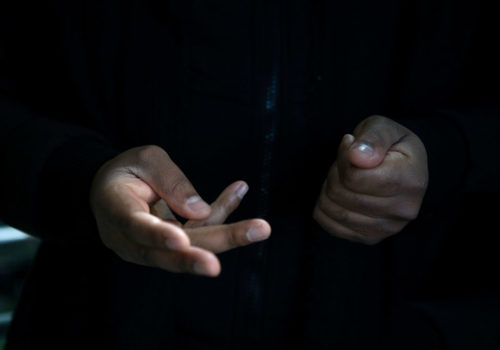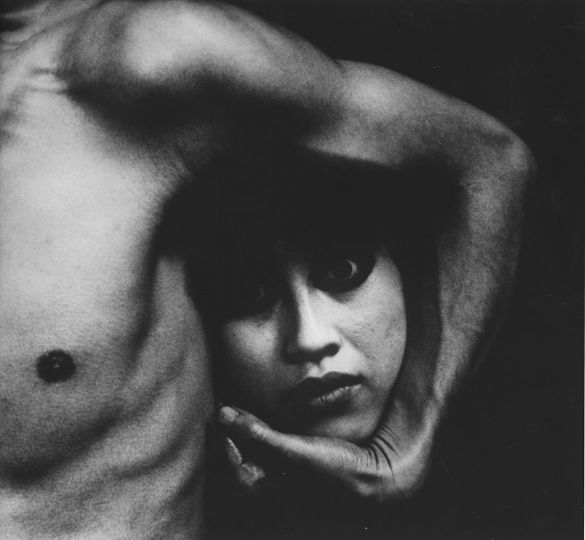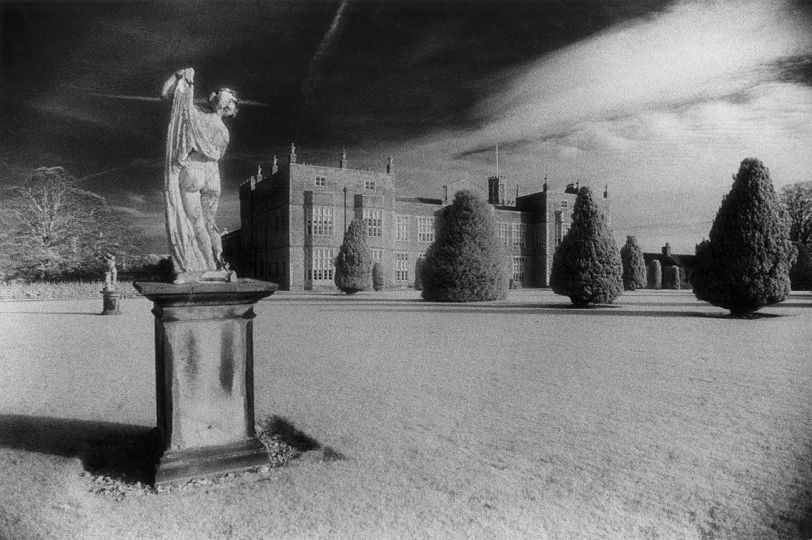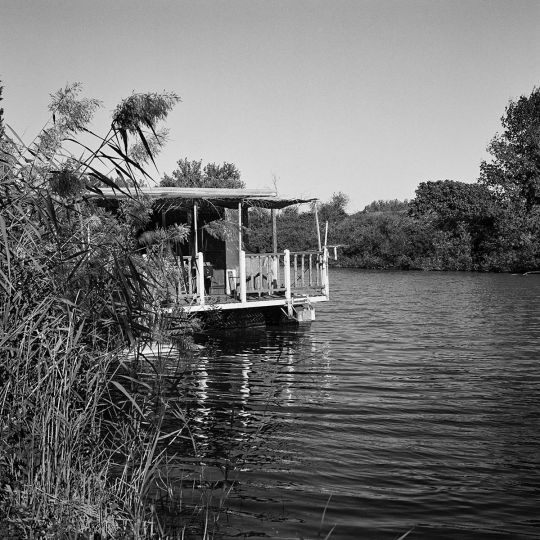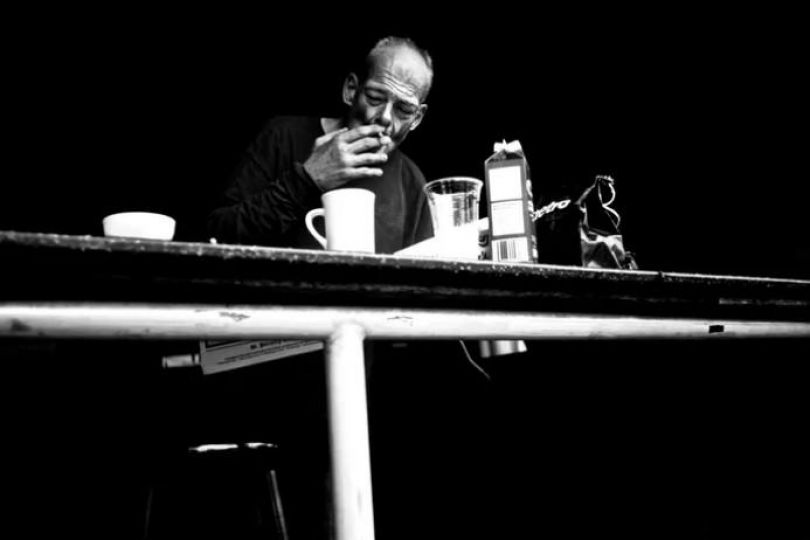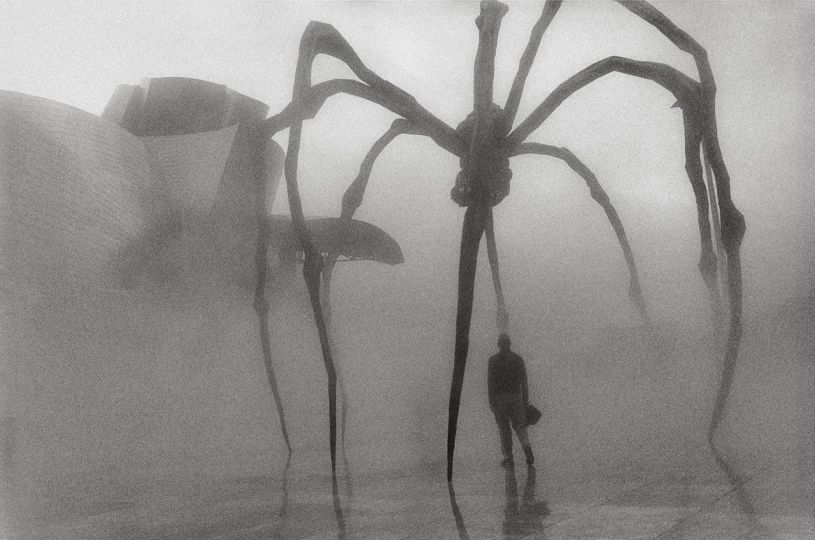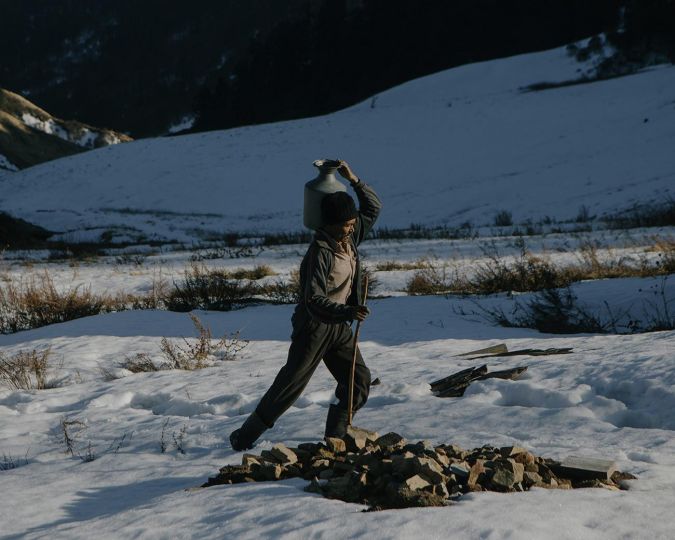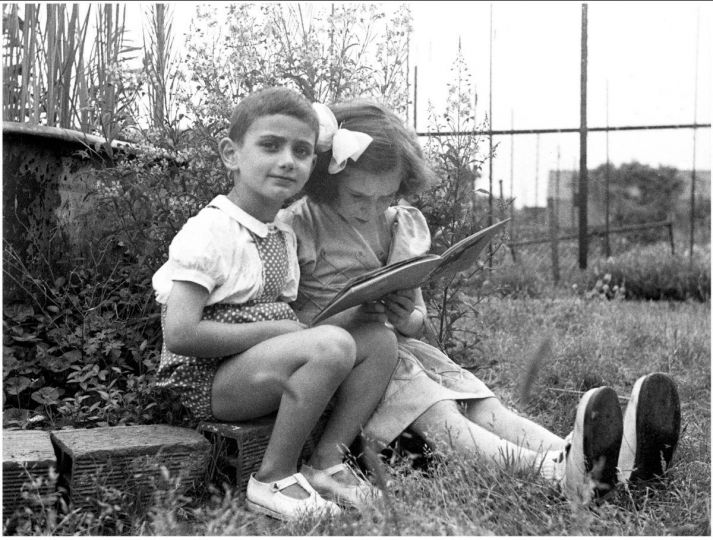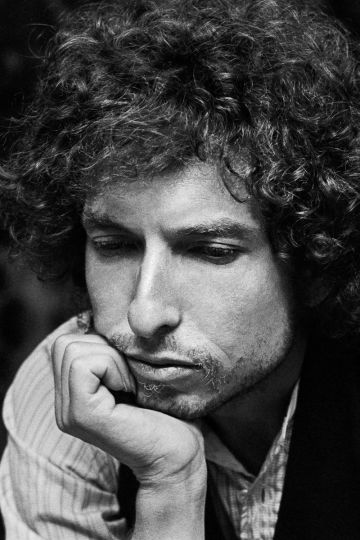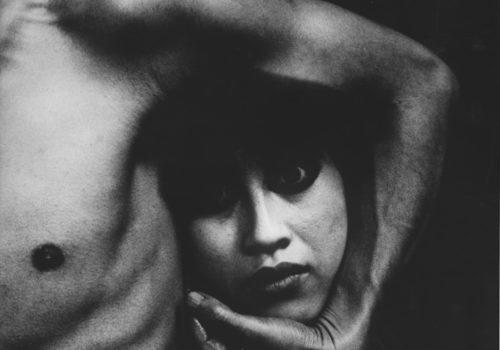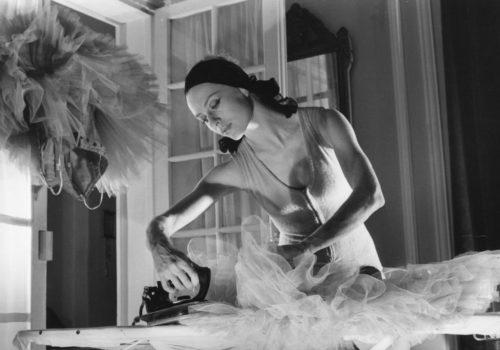A few months before the opening of her exhibition, Cristal House, at the Photography Gallery in the Centre Pompidou, we met with Anna Malagrida, the winner of the Carte Blanche PMU 2016. This was an opportunity to catch up with her at a critical moment when she was wrapping up her project and beginning to prepare the exhibition and joint publication by Éditions Filigranes.
Could you describe the project you submitted to the Cart Blanche PMU? How did it originate?
I was passing in the vicinity of Centre Pompidou, where the Carte Blanche exhibition will take place, when I came across a betting parlor. This spatial coincidence of two places at the heart of a large metropolis, both with glass facades designed for transparency, struck me as interesting. It was a starting point for a project on gaming spaces and the city, the interactions between the two, as well as of the people who inhabit them and their stories. I decided to adopt the logic of chance in my work, which would allow me to observe what went on outside and inside the gaming room, and play with their simultaneity. I imagined a theater stage with the city as the décor, the players as the actors, and their stories, as well as the words extracted from the world of the game, as the text.
How does your project compare to the six previous award winners of the Carte Blanche PMU? Were they a source of inspiration, or motivation for your project?
First, before submitting my project, I wasn’t particularly familiar with the body of work made by previous award winners; I had seen some pictures, but discovered the catalogs only later. I always prefer to envision my own project without being influenced by those of others. Second, I took care not to replicate situations or ideas that might be similar in form, like the case of the players’ ticket stubs which I incorporated into my project and which were at the heart of Mohamed Bourouissa’s work.
You’ve been working on the Carte Blanche project for five months now. How is it coming along?
I started working as soon as I was awarded the Carte Blanche in late January. I wanted to take advantage of the winter light which nicely illuminates the interiors of betting parlors as observed from the street. I wanted to produce tableaus using these large storefronts illuminated by low-angle light revealing the activity within these profitable sites, with an emphasis on the hand gestures of the gamblers. I would position myself indoors and set up my camera to film the street through the large storefront windows. So the project took off with short films of the city, but with the camera always placed inside the gaming room. While the camera was rolling, I began talking to the gamblers, about their background, their lives. I took notes. Sometimes players would place themselves in front of the camera, be captured in the shadow, and thus life began to unfold before the lens, inside the rooms.
You work with different media—photography, video, and text; could you explain those choices to our readers?
What interested me was working at a precise location, with a narrow perimeter of action, where all storylines would intersect. I wanted to describe this reality as in a deck of cards that could be held in one hand. Every card would offer different, complementary, information. Thus, the different media were a natural choice, and there is a dialog between them. But, deep inside, I consider myself essentially a photographer. When I use texts, they take the visual form of snippets. I treat video as photography extended in time, with static sequence shots.
I started off with the idea of a collection of hands, and photography was the obvious choice. I photographed the movement of hands, the gestures gamblers make with their betting tickets while they await the results. I selected and classified hands, first, according to how they manipulated the tickets. Some would crumple them into balls, others would open them and roll them up, others just crumple them…These gestures embodied the smaller and larger anxieties associated with waiting. I collected the discarded pieces of paper and will display them as sculptures in the exhibition. However, when photographing the hands I decided to edit out the tickets held between their fingers in order to portray much more abstract movements that lend themselves to a more open interpretation. I love the idea of a collection that cannot be classified, that eludes the very definition of collection. Most of these hands belong to men, and are simply the expression of the presence of the other in a place that brings together a very diverse population.
I had not intended to make photographic portraits, but to offer fragments of stories that would offer a glimpse into different lives and backgrounds of the gamblers. And here, text was necessary. I also used video to develop the notion of time, to show the contrast between the accelerated rhythm of activity in the street and the waiting of the gamblers that stretches over extended periods of time. The time of waiting, in slow motion, evokes the idea of hope: the possibility of winning may change a life. But this hope is also present in the texts, and it is through those snippets that the gamblers express their hopes beyond the game.
What is the place of the subject in your work as an artist?
My work always involves an observation of symptoms that help diagnose contemporary society. I often start with an image, a specific location which may appear anecdotal. From there, I try to construct stories that may resonate with other, more general, situations or interpretations. I work with the idea of an overlap, of accumulation of meanings and readings in the same image or narrative.
For example, in my series Escaparates (2008–9), I photographed the painted surfaces of shop windows in Paris. Outside their urban context they take on the features of abstract paintings, while in reality they signal the financial crisis which struck Europe in the wake of the 2007–9 market crash.
My work often deals with the way we inhabit a city. It raises social questions which may appear in the form of traces on walls, as in the series Los muros hablaron where monochrome wall fragments seem to be meaningless, despite bearing traces of graffiti painted by participants of the social protests Movimiento 15-M in Madrid and Barcelona in 2011.
Cristal House develops a similar working logic. It starts with a specific place: the glass facades of betting parlors in Paris, located at the street level, and gamblers whose paths regularly intersect. Using these elements, I develop a multifaceted narrative that places this activity and these actors, along with their desires and fears, within a specific context: the metropolis.
EXHIBITION
Carte Blanche PMU 2016
Cristal House
Anna Malagrida
From September 28th to October 17th, 2016
Galerie des Photographies du Centre Pompidou
Place G. Pompidou
75004 Paris
France
http://carteblanchepmu.fr
http://www.annamalagrida.com

